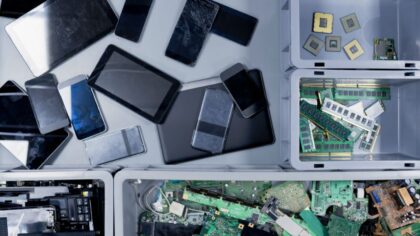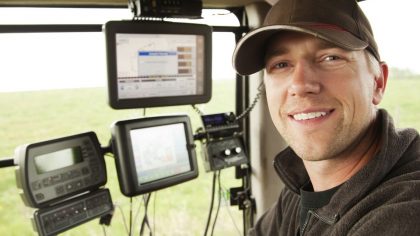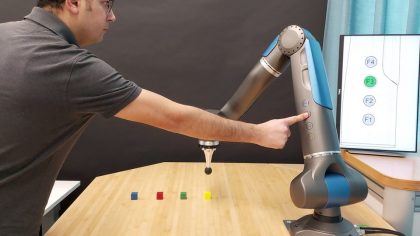Social robots to support caregivers: a self-to-self fix for a collective problem?
● A study indicates that social robots improve caregivers' well-being, but should we welcome a solution based on an individualistic approach that ignores the structural causes of their isolation ?
● Instead of imitating humans, effective social robots should be designed to facilitate collective reflexivity that not only pools ideas, but also elucidates the manner in which social groups think, take action and interact.
● Social robots co-designed with future users would be better able to map their needs and could also assist in creating communities and documenting group experiences.
Read the article
● Instead of imitating humans, effective social robots should be designed to facilitate collective reflexivity that not only pools ideas, but also elucidates the manner in which social groups think, take action and interact.
● Social robots co-designed with future users would be better able to map their needs and could also assist in creating communities and documenting group experiences.


Let’s Talk Tech innovation news: AI, cybersecurity, networks, digital transformation
Read the article


Machine learning for intuitive robots that are aware of their environment
Read the article
IoT and soft robotics: is mechanical computing making a comeback?
Read the article
